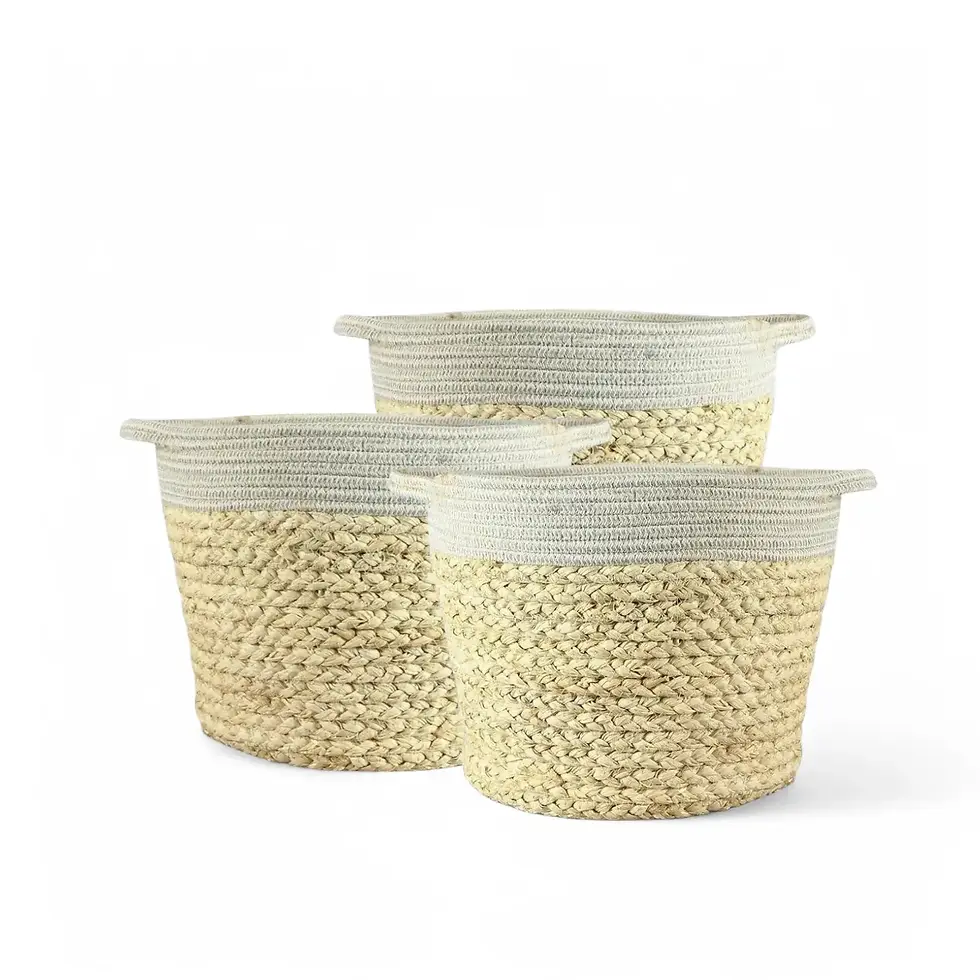Eucalyptus cinerea – Silvery-blue foliage, aromatic growth, bold upright form
Eucalyptus cinerea – Leaf Shape, Color and Growth Character
Eucalyptus cinerea stands out with round, silvery-blue leaves that form along upright stems in symmetrical pairs. The soft, powdery surface of the foliage gives it a cool, matte texture that almost looks frosted — especially under bright light. The unique shape and color give this plant a sculptural, modern look, while its aroma adds a subtle layer of freshness to your space.
When young, the plant maintains its iconic coin-shaped leaves in dense tiers. As it matures and lignifies, the stems elongate, forming a bold, vertical structure. It thrives with strong light and plenty of airflow, making it a unique choice for bright indoor spots or sunny balconies.
Key traits of Eucalyptus cinerea
- Foliage: Round, silver-blue leaves with a waxy bloom
- Growth habit: Upright, tree-form shrub; responds well to pruning
- Height indoors: Typically 60–150 cm in containers with pruning
- Fragrance: Aromatic, clean scent from leaves and stems
- Visual effect: Architectural, modern, and striking
Origin and growth behavior of Eucalyptus cinerea
This species is native to southeastern Australia, where it grows in dry, open woodlands with full sun and fast-draining soil. In its natural habitat, it can reach 10 meters or more, but remains much smaller in pots. It’s adapted to hot days, cool nights, and occasional drought, with temperatures ranging between 10–35°C depending on the season.
As a potted plant, it grows fast when given enough sun and root space. Regular pruning helps control its shape and encourages fresh juvenile foliage. Eucalyptus cinerea is toxic to pets and humans if ingested, due to essential oils in the leaves.
How to care for Eucalyptus cinerea indoors or in containers
- Light: Needs full sun — minimum 6 hours daily; place near a south-facing window or outdoors in summer
- Water: Water deeply but infrequently — let soil dry out between waterings
- Humidity: Not needed — prefers dry, well-ventilated air
- Temperature: Thrives in 15–30°C; tolerates some cold but not frost in containers
- Soil: Fast-draining mix — sandy or gritty blends work best
- Repotting: Yearly or when rootbound; prefers deep pots
- Fertilizing: Light feeding in spring and summer; avoid heavy nitrogen
- Propagation: Usually by seed; cuttings are difficult and slow to root
- Hydroponics: Not suitable — needs dry periods and well-aerated soil
- Pruning: Trim regularly to maintain compact size and fresh foliage
Common issues and what to do
- Leggy growth: Caused by insufficient light — move to brighter location immediately
- Leaf drop: May happen from overwatering or poor drainage
- Pale leaves: Often due to nutrient-poor soil — apply balanced slow-release feed
- Root rot: Prevent by using gritty, well-draining substrate and not overwatering
- Aphids or scale: Occasional — wipe off with cloth or treat with neem oil
Helpful tips for growing Eucalyptus cinerea indoors
This species prefers to grow fast and strong, which means it needs space, light, and airflow. It's best kept in a large, deep container and pruned often to encourage bushy juvenile growth. Mimicking its dry, sun-exposed natural habitat — gritty soil, open space, and low humidity — will help it thrive indoors or on sheltered balconies. It’s also a great source of cut stems for bouquets or drying, especially when grown with intention.
Botanical naming and background
The genus name Eucalyptus comes from the Greek “eu” (well) and “kalyptos” (covered), referring to the cap over the flower bud. The species name cinerea means “ash-colored,” a nod to its silvery, bluish foliage. First described in the 19th century, it remains one of the most recognizable ornamental Eucalyptus species due to its striking round leaves.
FAQs about Eucalyptus cinerea
Can I grow Eucalyptus cinerea indoors permanently?
Yes — if placed in full sun and pruned regularly to maintain size and leaf production.
Is it safe for pets?
No — Eucalyptus is toxic if ingested by pets or humans. Keep out of reach.
Does it require dormancy in winter?
No formal dormancy, but growth slows in lower light. Reduce watering in winter and avoid repotting during that time.
Order today and bring home the sculptural, aromatic beauty of Eucalyptus cinerea — modern, fast-growing, and unforgettable.
Eucalyptus cinerea
Eucalyptus cinerea comes in following sizes:
M – is approximately 30 cm tall and comes in a ⌀ 14 cm pot.
L – is approximately 40 cm tall and comes in a ⌀ 19 cm pot.

























































